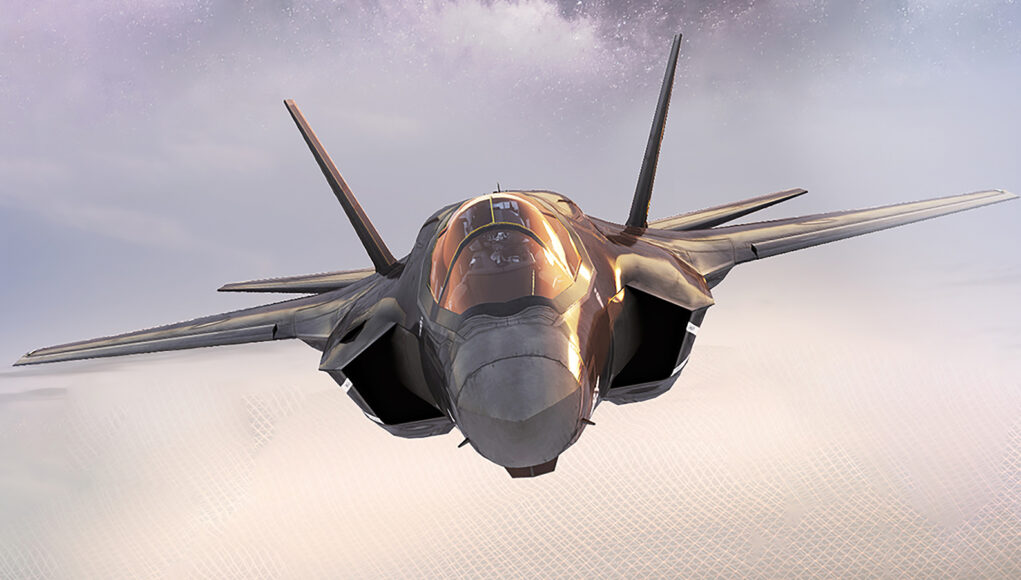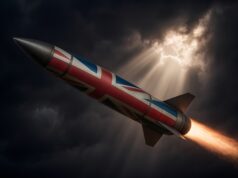BAE Systems has opened its new $150 million engineering and production facility in Austin, Texas, the latest step in a series of investments in the United States.
BAE say that the 390,000-square-foot facility is located in Parmer Austin Business Park. Half of the facility will be dedicated to manufacturing.
“The new campus also includes engineering design, laboratory, and office space. At the new site, the company has expanded its state-of-the-art manufacturing capability with a streamlined design that is easily reconfigurable to match evolving technologies. Expansion space exists within the manufacturing facility ready to take on future growth.
The facility is located near Capital Factory, a hub for entrepreneurs in Texas. BAE Systems is a member of Capital Factory’s Innovation Council and collaborates with startups and small businesses to accelerate the development of new defense technology.”
BAE Systems’ Austin employees “innovate for a wide range of programs in the areas of autonomy, cyber, and sensor development”, say BAE Systems.
“Work at the site will also focus on new and existing programs including the design, development, and manufacturing of radio frequency and electro-optical/infrared countermeasure systems as well as aircraft electrification technology.”
The new Austin site is part of BAE Systems’ Electronic Systems sector, a global leader in researching, developing, implementing, and maintaining cutting-edge commercial, defence, and space electronics.














I do not understand what an article on the US operations of Bae Systems, a capital corporation majority owned by non-UK shareholders, has to do with UK defence.
Better than no articles. I found it interesting especially the work they will be doing at the location.
Because BAE Systems is a major UK company, based in UK: a major supplier to both the UK and the US markets. UK interests are ring-fenced as are US interests: the shareholders display this.
For BAe, it makes a lot of sense. If equipment is produced in the US, then they don’t have to go through the horrors of the US Customs system.
Austin is also the location of the HQs of the US Army’s Futures Command.
It’s sounds a good place. It’s part of capital factory that’s for start ups, collaboration work.
The article says it main area will be autonomy, cyber and sensor development.
Work at the site will also focus on new and existing programs including the design, development, and manufacturing of radio frequency and electro-optical/infrared countermeasure systems as well as aircraft electrification technology.”
BAE must think it’s worth investing the money in so I would think they have a plan on how to get the investment back in things sold.
I would have thought companies might of been gifting items to Ukraine to show off how great they are, having press releases etc. Maybe they have and I haven’t noticed.
Going off topic I wonder if land ceptor will find its way to Ukraine and how long it takes to build a system?
Right now nasams and iris-t are getting all the press.
I presume rapier has been run into the ground with not many fully functioning systems and missiles left from the recent retirement. Maybe it’s not that good for what Ukraine needs right now
Field Standard C was tested against simulated cruise missiles. The Dagger and Blindfire radars would have no problems detecting and then tracking a cruise missile. I don’t believe it was ever tested against a simulated ballistic missile. So would probably give it a good go but unsure how effective it would be.
I don’t believe we sold on Rapier, so we may still have some units lying around. The actual missile may be the problem, as a lot of them would have been disposed of.
The issue with Land Ceptor/Sky Sabre is we are at the start of production. Can we increase the build tempo? Can MBDA produce significant quantities of CAMM? I would say unless they are handed a bunch of cash to employ more staff, plus there is training time to consider, so it’s unlikely sadly.
Perhaps we (the U.K) should put some cash to get them IRIS-T sets instead. Air defence is not going to defeat every threat but they have to start somewhere.
Main thinking being to blunt the Russian aggression as they increasing hit anything to upset the civilian population.
I would prefer ceptor sets being purchased. One thing the Ukrainians have shown us is they are very capable at understanding training and using gifted weapons effectively.
I should add so long as the current bunch of clowns in number 10,11 stop crashing the economy🙈
Fair one. NASAMS has the advantage of being able to use any AIM-120 AMRAAM including the rare extended range version. But it is also capable of firing AIM-9X. This means logistically there is a massive worldwide stock of available missiles. This is why our Defence Secretary is sending 100 AMRAAMs to Ukraine.
The blurb says the NASAMS can use AMRAAMs to engage cruise missiles, but also say they work from 1000ft to 50000ft. Which by that reckoning means anything flying below 1000ft will get through. I doubt that is true, as the AMRAAM’s radar will be looking up rather than down, so there will significantly less clutter to distract it.
I have always said that we should seriously look at using Meteor as surface to air missile to compliment CAMM.
Rappier and its radar do not have ceiling and range to detect ballistic missiles at worthwhile distance.
Agree to a point. What is a worthwhile distance? If you are the missile’s target, then you would do anything at your disposal to defend yourself. It also depends on the type of ballistic missile. If it’s a short range tactical missile like the Russian Frog or Scarab. These have ranges up to 150km. The Frog with its air brakes could have a minimum range of 15km.
So the big question is how high is their apogee. Something like Iskander will get over 100,000ft. Where it flies a flattened quasi ballistic profile. Whereas Frog can be lower than 40,000ft. This this will determine if Rapier’s Blindfire or Dagger radars will see it. Dagger in particular had very good target resolution, was a multibeam 3D frequency agile pulse-Doppler X-band radar. However it had a fixed antenna elevation with 5km ceiling. But it could detect threats out past 20km. Blindfire’s antenna however, could elevate to +60 degrees. Which may be able to see the missile on its terminal dive. Though if comes in steeper it won’t.
The ELectro-optical (EO) turret could elevate to +85 degrees. It has a passive infrared scanning capability. It could detect threats out to 10km, depending on the threat’s size and heat signature. The EO turret would be the best realistic method of detecting and tracking the terminal dive of a ballistic missile.
The later mk2 missile with the laser proximity sensor and fragmentary warhead is probably the better option for engaging the missile. It could (publicly) engage targets flying around 8000ft. Which won’t give you much time to fire after detecting the falling missile.